Best TV in Australia for 2025: the top screens for every budget
The best TVs you can buy in 2025, from great budget bargains through to premium OLEDs
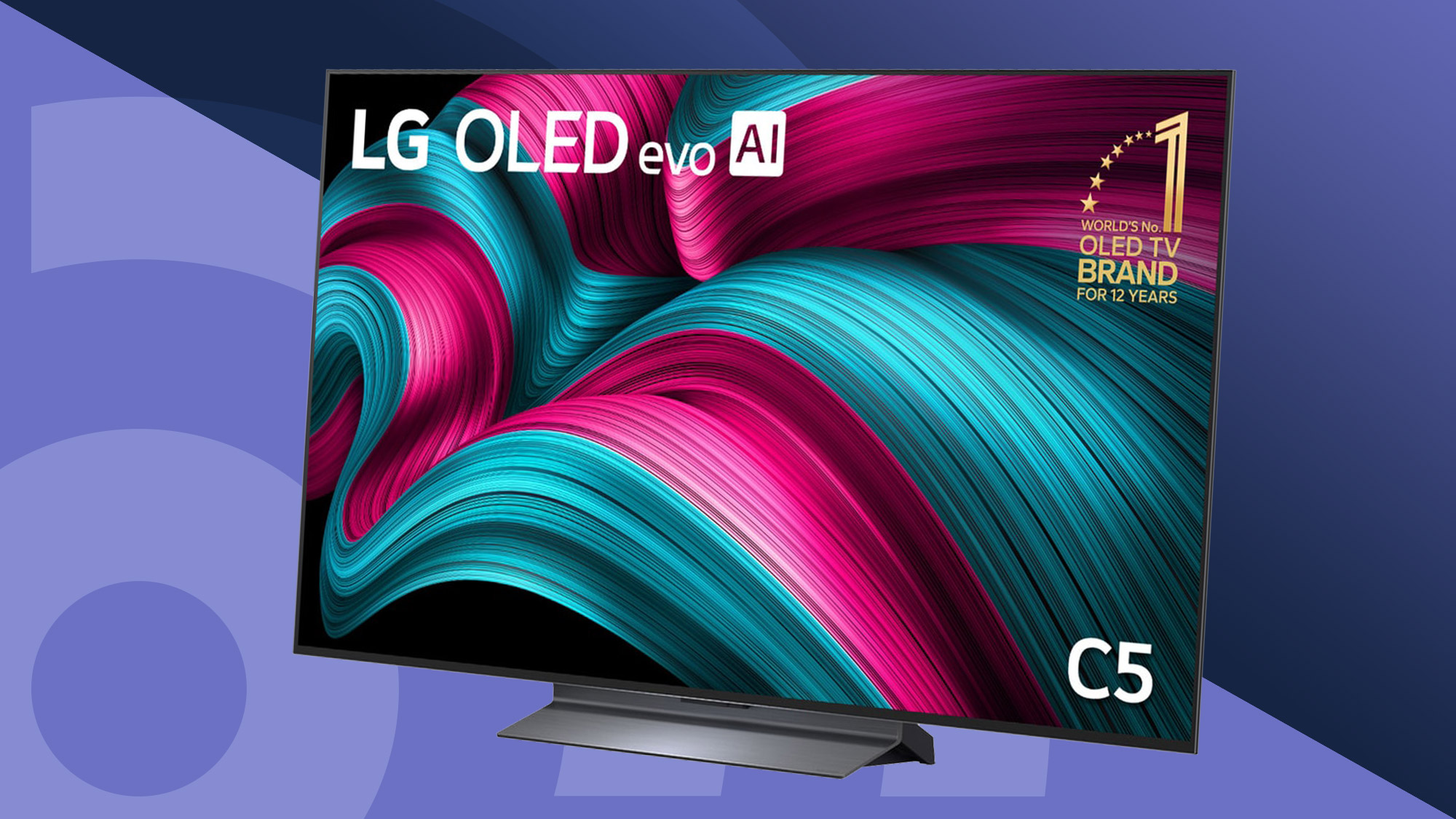
Finding the best TV for your home feels like it's getting increasingly more difficult – there are myriad options featuring various screen technologies and jargon-filled features. What makes the choice even more tricky is that top-performing screens are becoming more and more affordable, so whereas before you'd need to spend thousands to get a great image at home, you can now pick up a talented performer for a fraction of the price.
This guide is here to help you find the best TV to fit your budget, based on our own reviews and testing. We've come up with a definitive shortlist of the screens we think are most worth your money, covering budget options all the way through to the latest and greatest flagship sets.
We're confident you'll find a TV to suit your home and needs in this list – if you don't see something you like, we may still have tested it, but we just think the models we've selected offer greater overall value. If you're looking for something specific, be sure to check out our guides to the best gaming TVs, best mini-LED TVs, or the best OLED TVs.
• Check out the latest TV deals
The quick list
Below you can find a roundup of our choices for the best TVs in Australia right now along with our summarised opinion. You can jump to a more detailed review of every pick, along with a price comparison tool to help ensure you find the best deals.
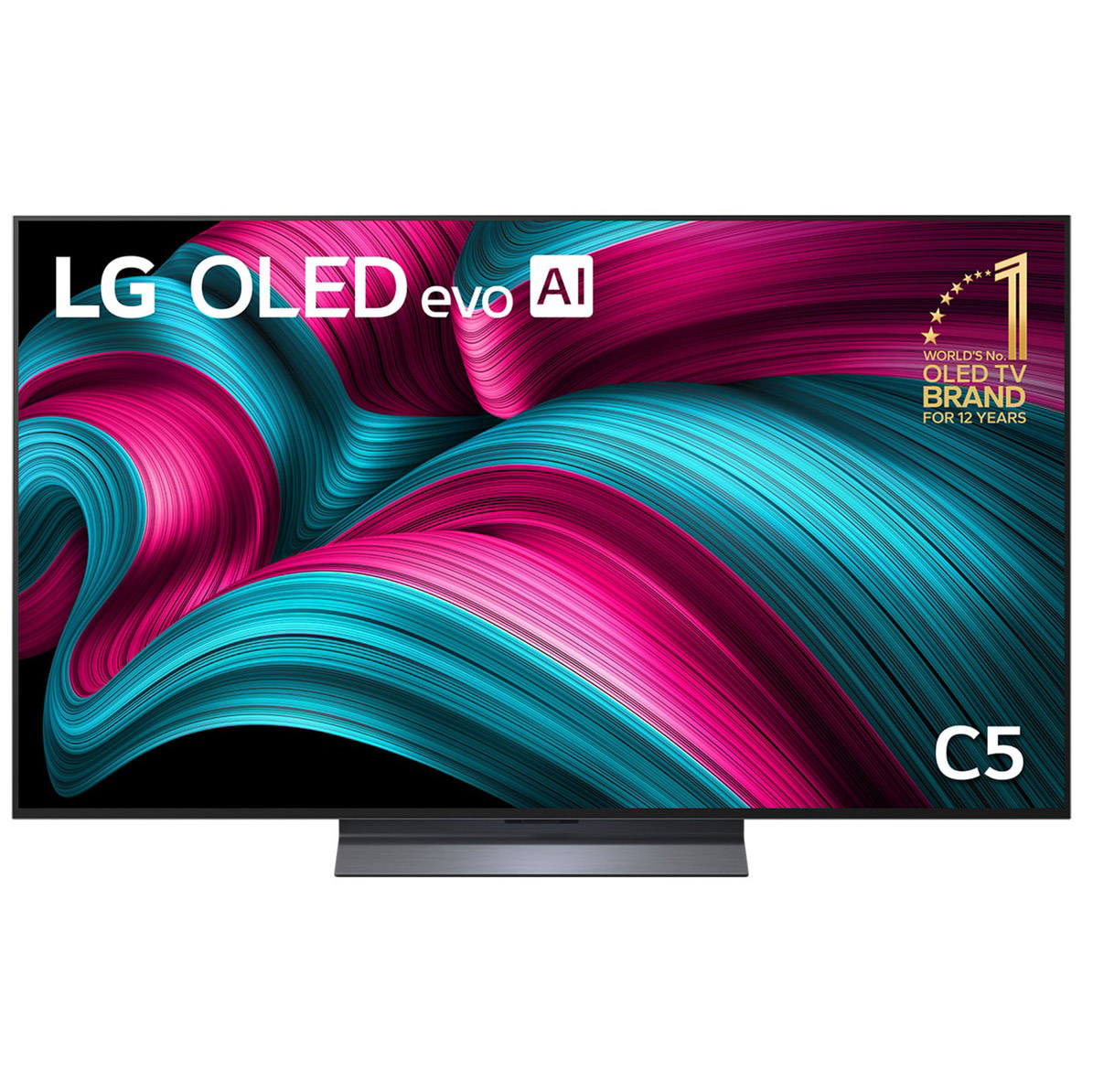
The best for versatility
Gaming, picture quality, an intuitive smart TV platform, and a wealth of sizes from 42-inch all the way up to 83-inches; the LG C5 ticks more boxes than most.
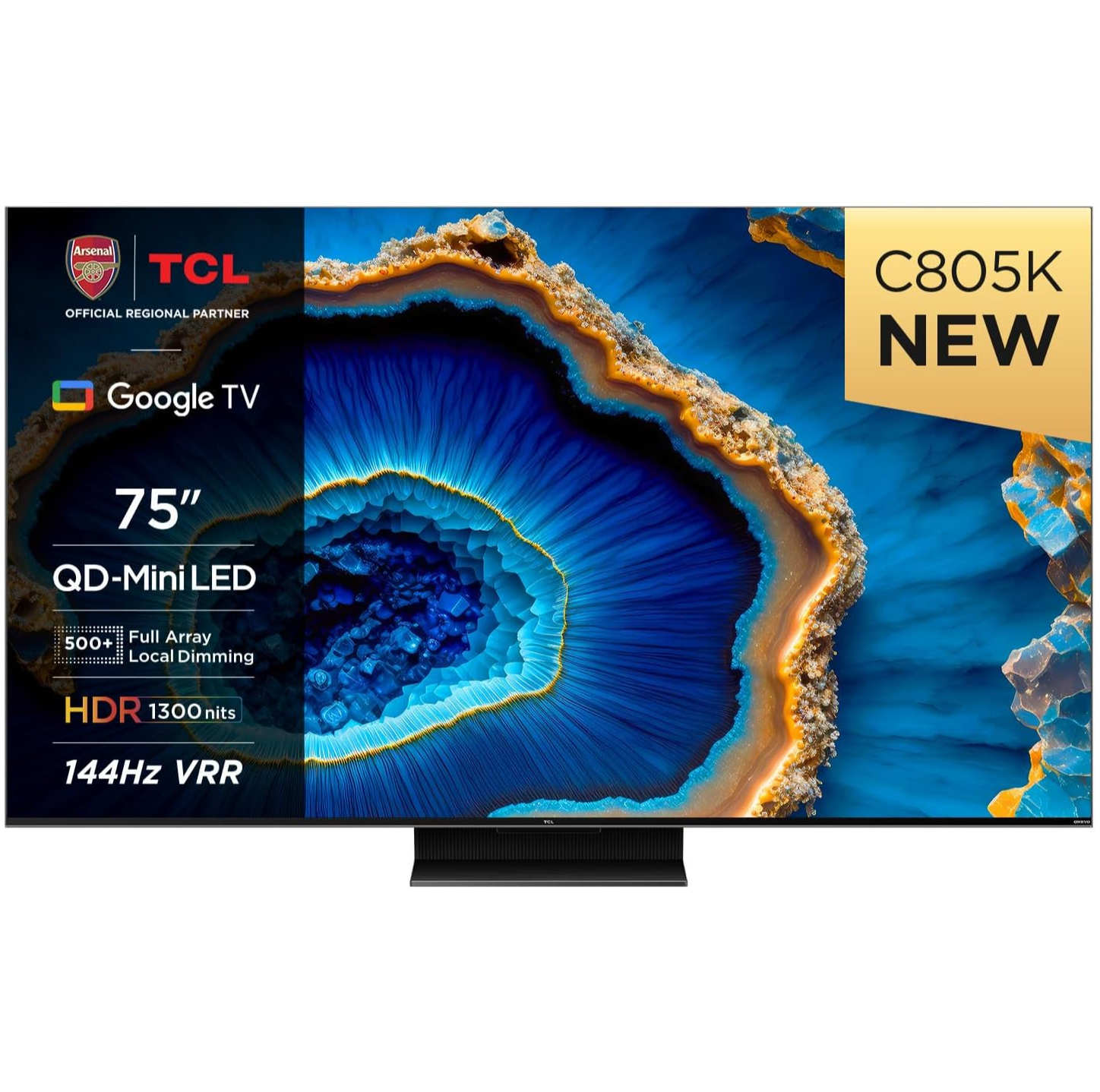
The best budget
If you're looking to get a mini-LED TV with a host of gaming features for a fraction of the price you'd expect to pay, the TCL C805 is easily the best option available.
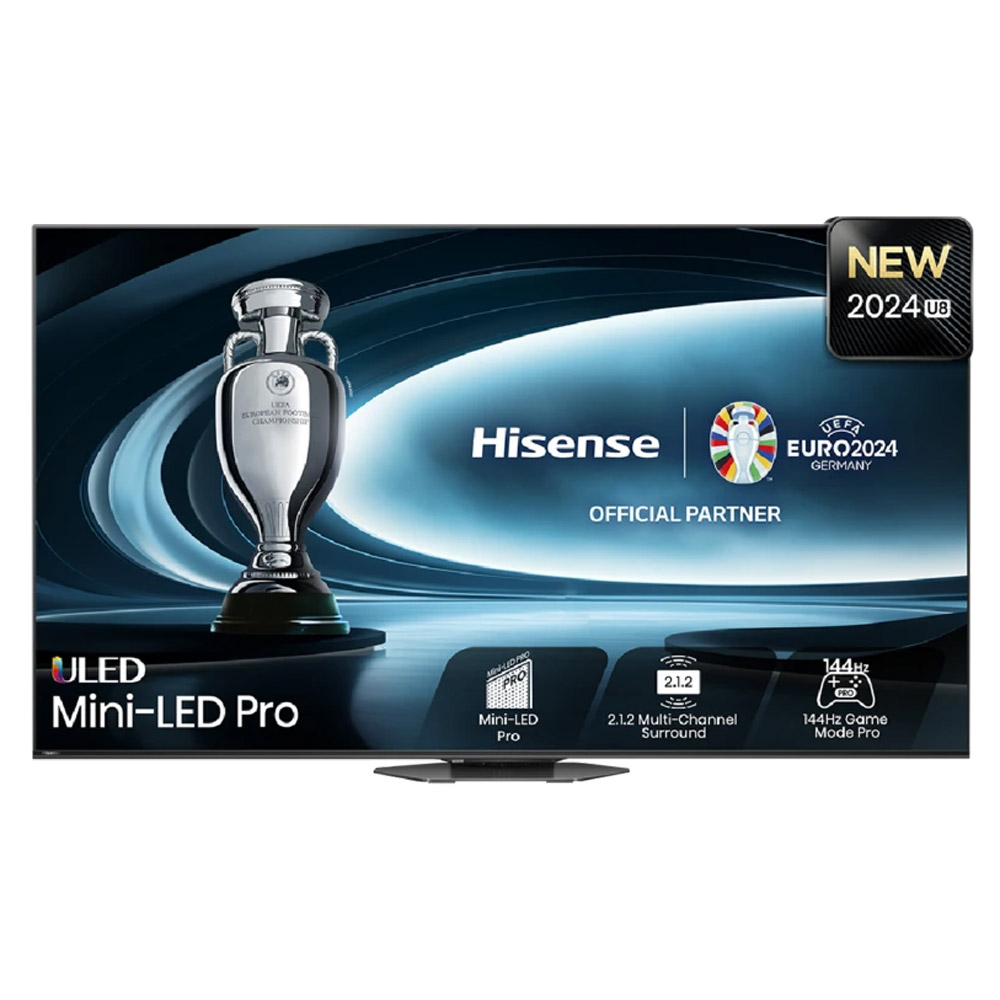
The best mid-range TV
Proof that a great TV doesn't need to cost the earth, the Hisense U8N is a standout Mini-LED telly that belies its rather moderate price tag.
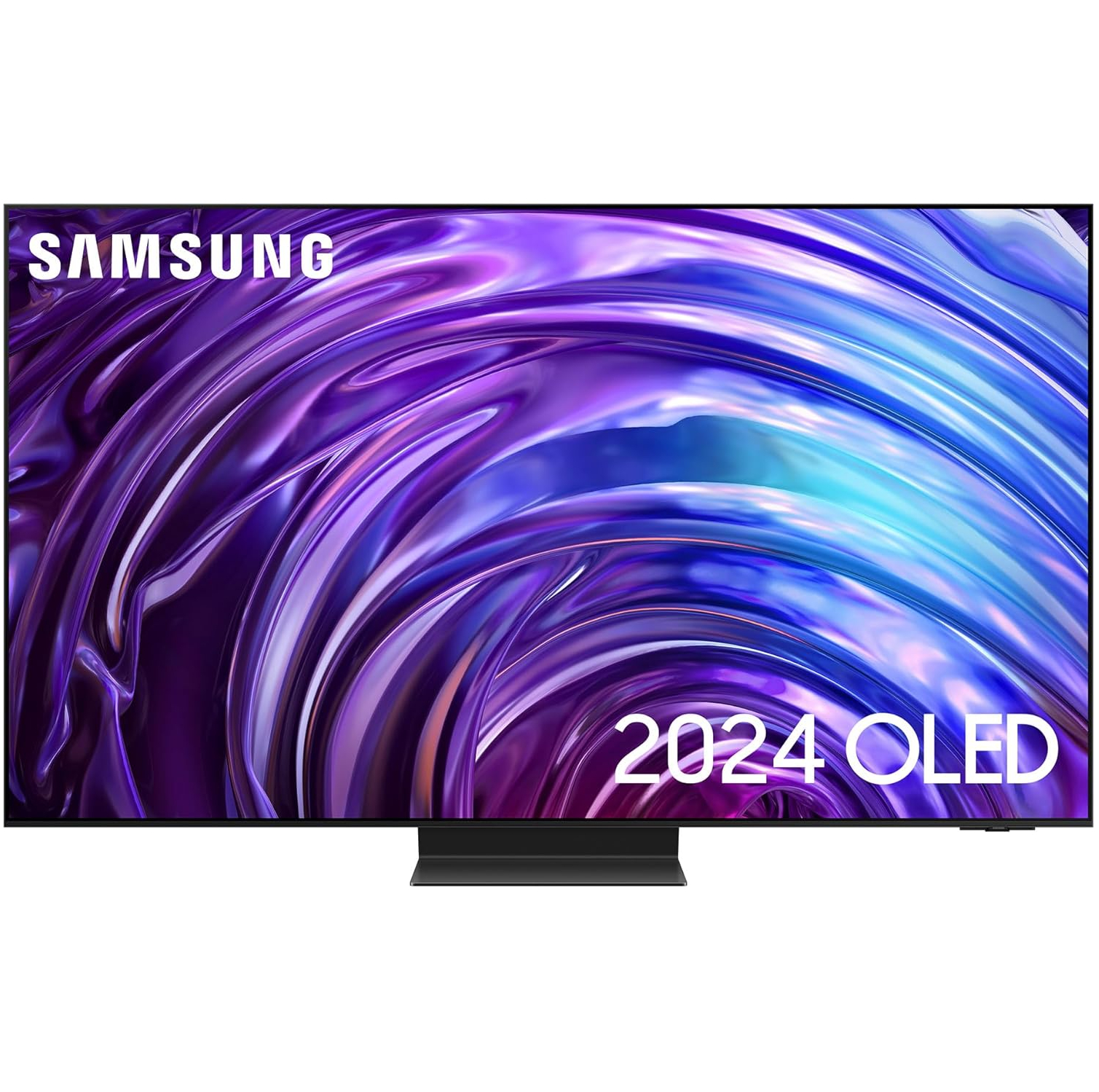
The best premium OLED TV
Samsung has continued to prove why it's one of the best TV makers, with the S95D serving up a detailed and vibrant image that benefits from glare beating anti-reflection tech.
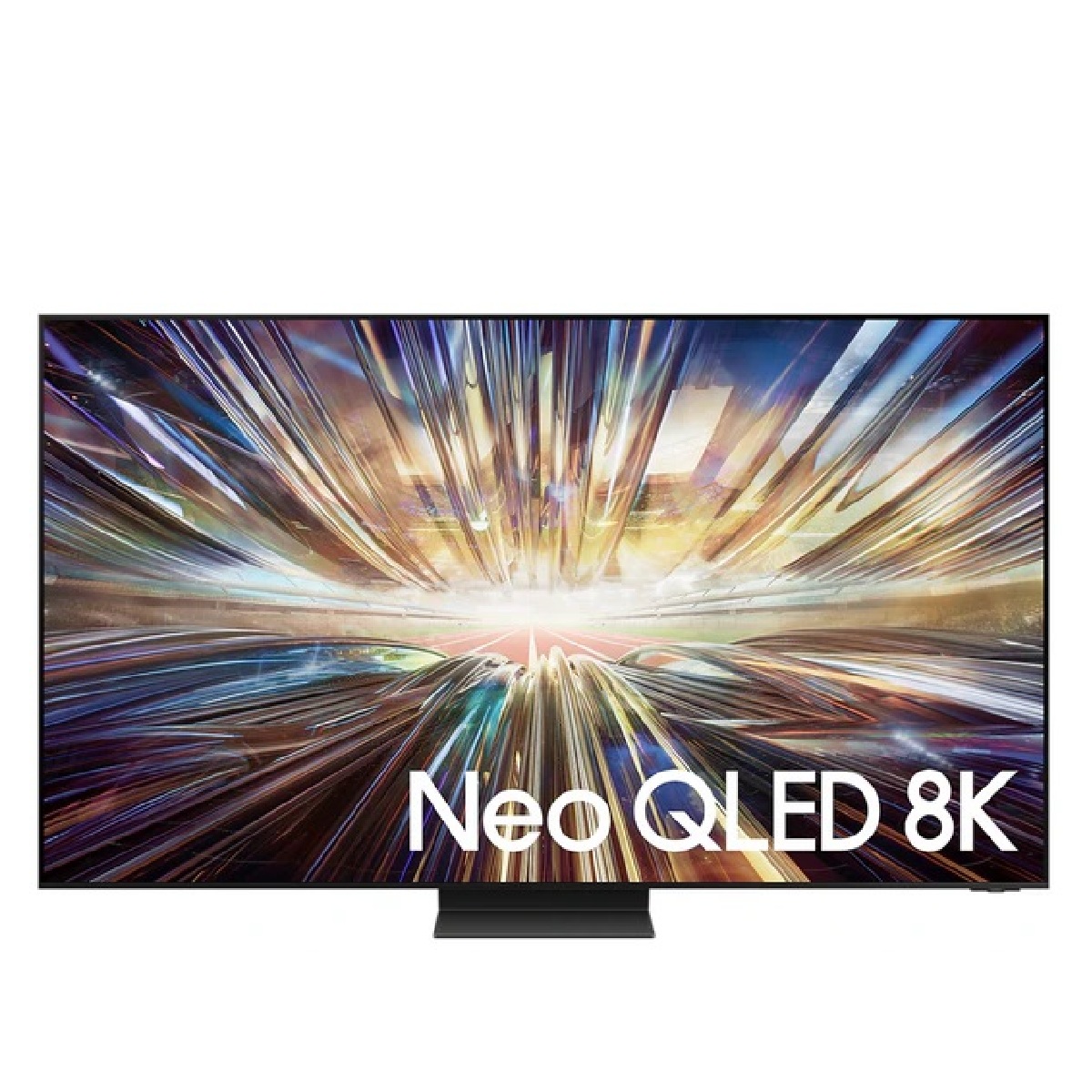
The best 8K TV
Improving upon its predecessor in ways we didn't think possible, the Samsung QN900D has a strong case for the title of best TV ever made...ever...so far
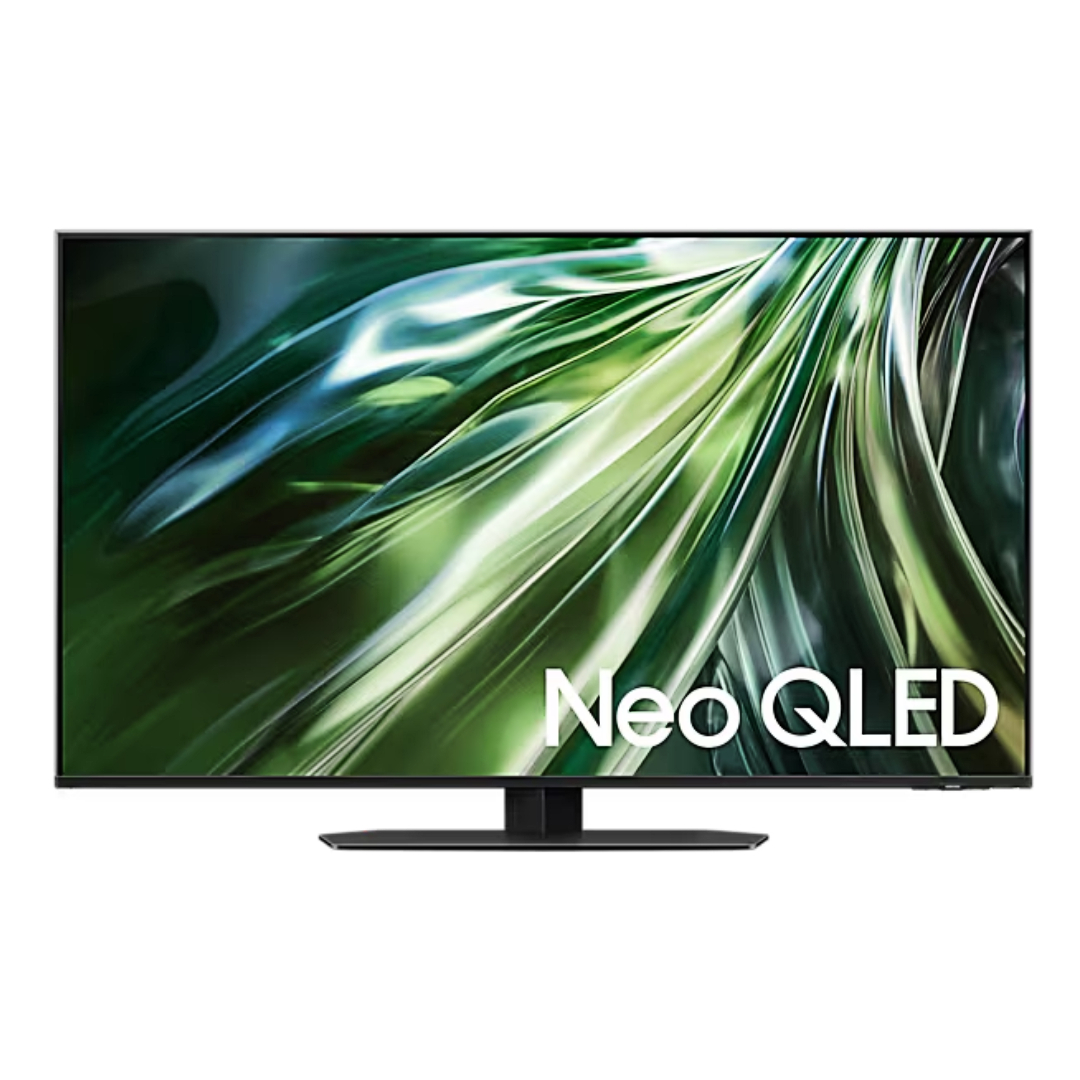
The best bright TV for daytime sports
Samsung's QN90D hits far higher brightness levels for watching on sunny days than almost any other set, making it ideal for sunlit Australian homes.
Load the next products...
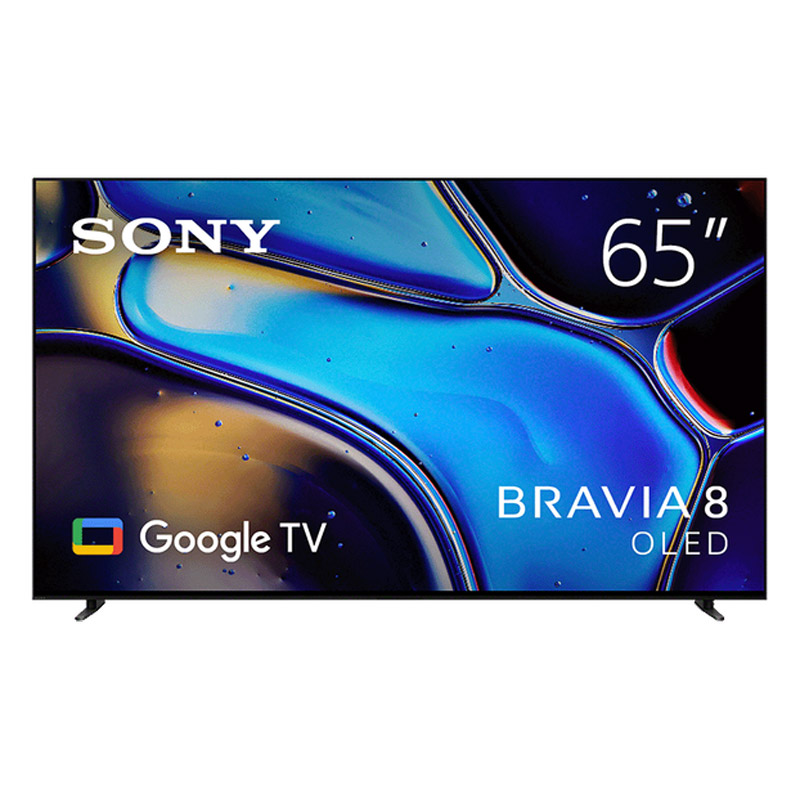
The best TV for sound
The Sony Bravia 8 delivers exceptional images, but it's the audio performance that wowed us. A vibrating screen coupled with dual subwoofers means you don't need to rush to add a soundbar.
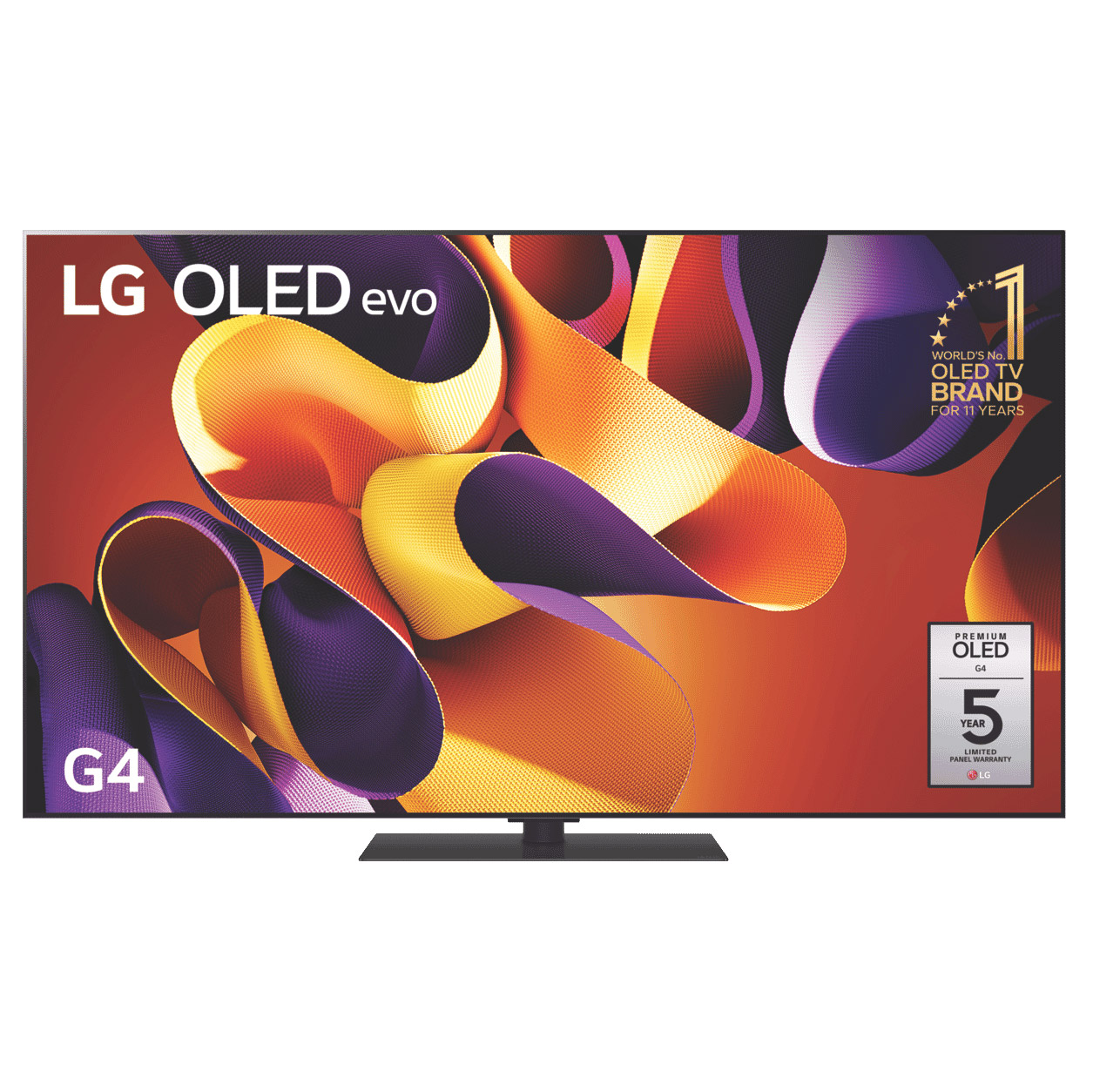
The best TV for gaming
Support for the full suite of major gaming buzzwords, plus an incredible picture that is both bright and vibrant, makes the LG G4 an ideal games console companion.
Recent updates
April 9, 2025
Replaced the LG C4 with the LG C5 as the best TV for most people.
Introduced a 'What TVs are coming for 2025' in FAQ's section that lists some of the TVs announced so far for 2025 that could enter this list throughout the year.
Added a 'More TVs to consider' section with recent models and reviews.
The best TVs in Australia 2025:
Why you can trust TechRadar
Below you'll find more in-depth reviews for each of the best TVs in Australia, along with links to the full reviews written by our TechRadar's team of TV experts.
The best TV for most people
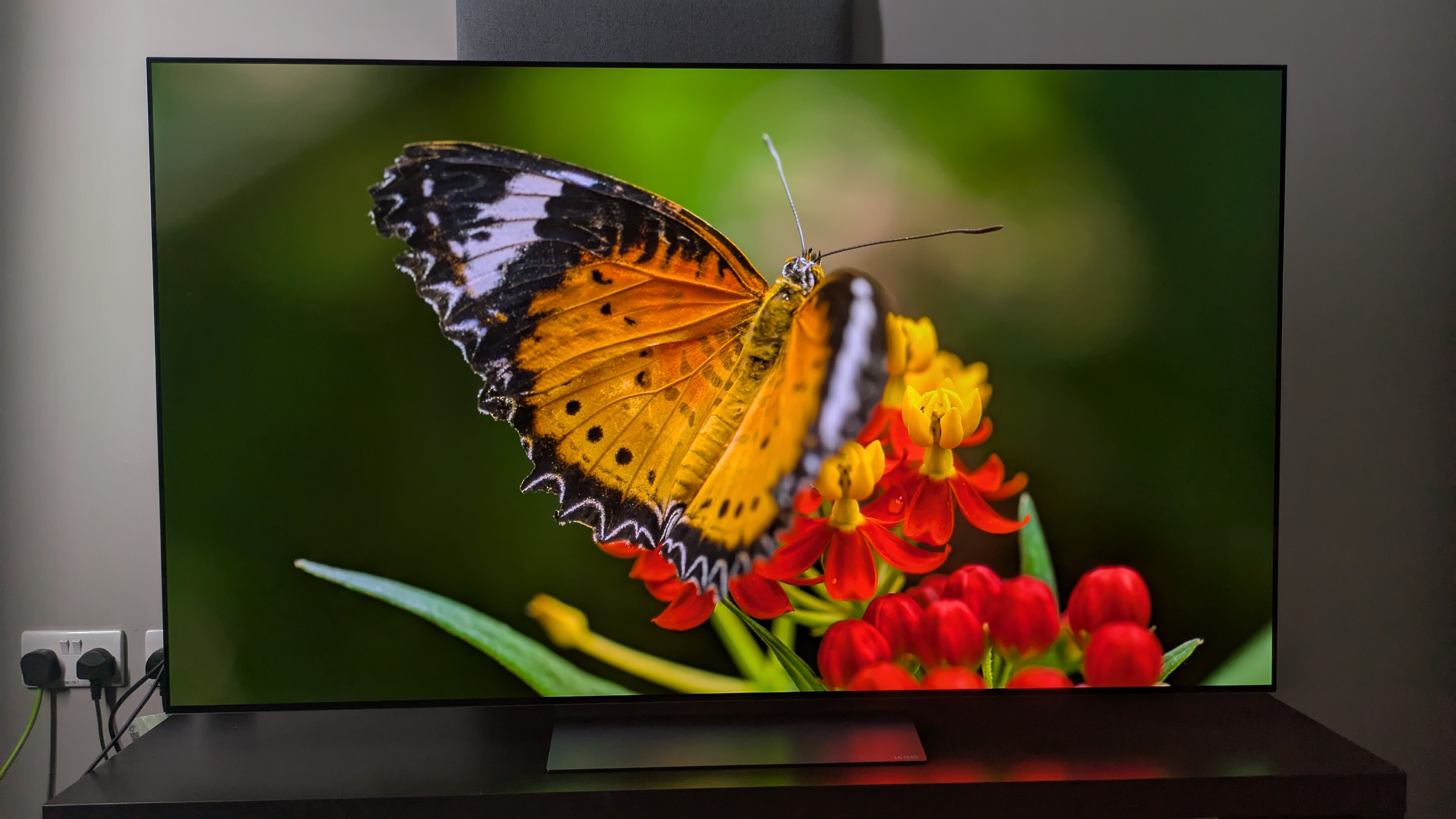
Specifications
Reasons to buy
Reasons to avoid
The LG C5 continues the LG C-series legacy of offering excellent value, making it one of the best all-rounder TVs on the market in the process. As with the C4 it replaces, the C5 OLED is available in a wide range of sizes – 42- to 83-inch – to suit all homes, budgets and needs. But it arrives with a host of new AI features and a new Alpha 9 Gen 8 AI Processor, giving it decent, not drastic, brightness boost.
We found from our testing that the LG C5 delivers a superb picture, including accurate colours, strong contrast and beautiful, natural textures. As with most OLED TVs, the C5 can struggle with reflections in brighter rooms, especially when a darker scene is on show, but turn the lights down and we can't imagine anyone will be disappointed by what they see.
The C5, along with other 2025 LG TVs, ushers in a new suite of AI features that includes AI Search that can be used to find content or adjust myriad settings from just a simple prompt and an AI Art feature that lets users create artworks using paid-for credits.
As for gaming, the LG C5 continues to serve as a fantastic option for those with next-gen consoles and even PCs. Stacked with features across four HDMI 2.1 ports including 4K, 144Hz support, VRR (including AMD FreeSync and Nvidia GSync) and its own useful Game Optimizer tool to name just a few, the C5 is sure to make gamers happy - and its 42-inch will suit PC gamers too.
It also arrives with webOS 25 as its smart TV platform, which remains one of our favourites to use. It's simple to navigate (and easy to learn) and on the whole presents as a rather tidy option compared to some other TV OSes.
Read the full LG C5 OLED review
The best budget TV
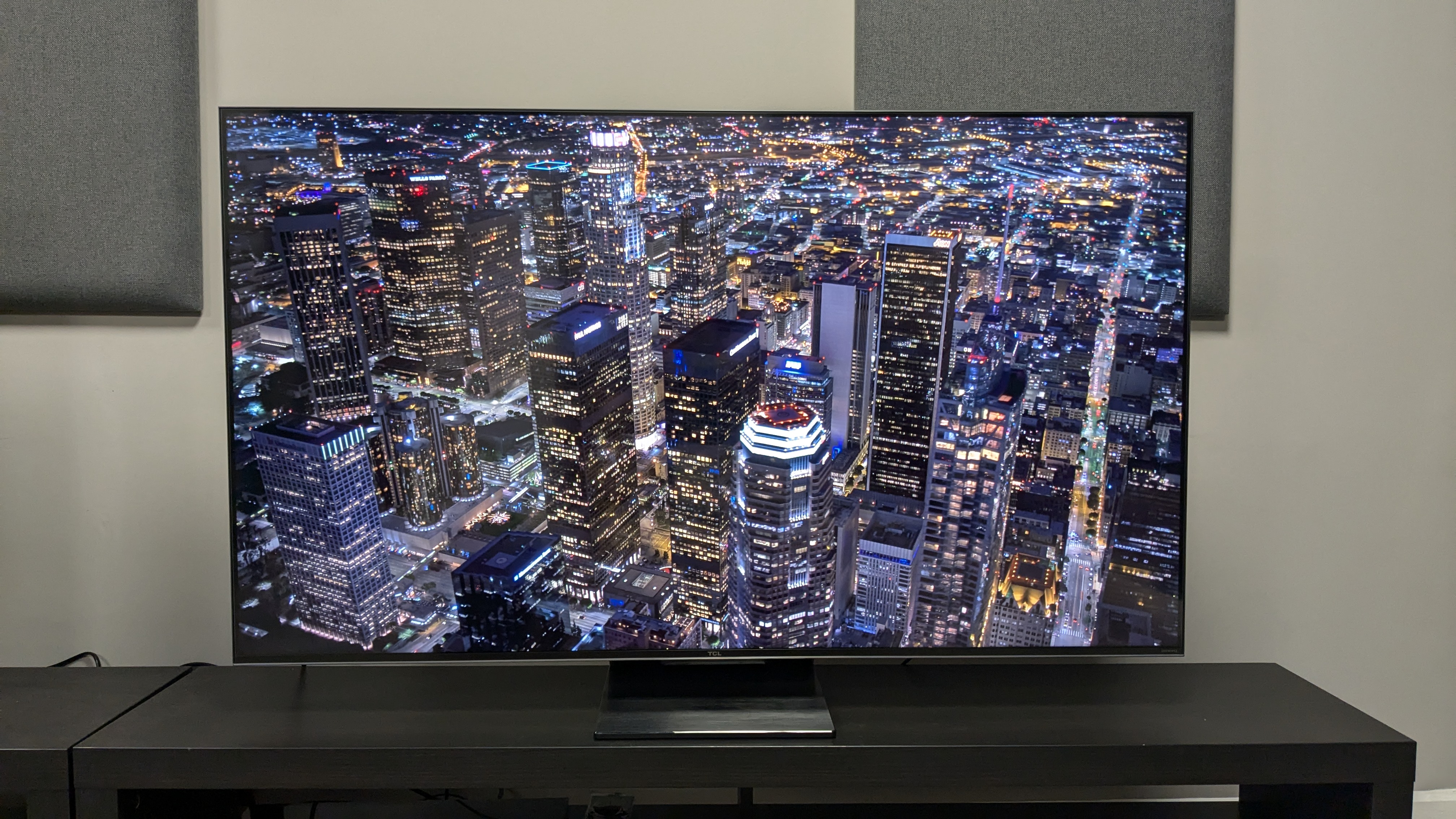
Specifications
Reasons to buy
Reasons to avoid
In the C755 (know as the C805 in the US), TCL continues to prove why it's just a formidable TV maker. This more wallet-friendly model is the epitome of value, employing a mini-LED backlight to deliver picture quality that outperforms its price. It also has a good stock of gaming features and the Google TV smart TV interface.
In our review, we commended the C755's picture quality due to its ability to serve up surprisingly strong black levels and contrast, along with more realistic detail and textures than we'd expect at this price. We did find that motion settings required a few tweaks, and viewing angles aren't particularly strong, but overall, as we said in our review "at this price range, it’s tough to be disappointed with the C805’s picture".
Gamers will be pleased with the list of features on offer too, including 4K 144Hz, VRR (AMD FreeSync Premium included), ALLM and Dolby Vision gaming. While its 13.5ms input lag time isn't the best, most gamers should find it suitable enough. Plus, its great picture quality carries across to gaming.
It's not all perfect with the C755, as its limited sound quality means one of the best soundbars might be needed, but the TCL is hardly alone in this regard. There are also the picture quality limitations mentioned above, but it delivers a great experience overall, and it is impossible to overlook its affordable price in every one of its sizes, from 50 to 98 inches! When it comes to price vs quality, the C755 demonstrates incredible value and is a top choice for those on a budget.
Read our full TCL C805 (C755) review
The best mid-range TV

3. Hisense U8N
Specifications
Reasons to buy
Reasons to avoid
The Hisense U8N is a sensational mini-LED TV that gives the flagships of the world a major run for their money. What impressed us most in our testing was how insanely bright the TV can go, especially for one in its price bracket. What's particularly impressive is how the Hisense U8N controls that brightness – its Cinema Day and Cinema Night picture modes are particularly great for 4K movies. Colours are accurate, too, although it must be said it's not the absolute best when it comes to upscaling HD content. It's not terrible by any means, but if you know you're going to want great upscaling, then you will need to look elsewhere and spend more.
The Hisense U8N is a great option for gamers too, although only two of its four HDMI 2.1 inputs support up to 4K/144Hz – the 144Hz is only relevant to PC gamers, but the same two ports also support 4K/120Hz for games consoles. One of the 2.1 ports is also used to connect to external sound devices via eARC, meaning you can only plug one console into the back of the U8N. It's not the end of the world, and Hisense is far from being the only TV manufacturer to do this, it's just something you should be aware of.
The TV's built-in 2.1.2-channel speaker system is good, but not great. If you don't own a soundbar or AVR, nor do you plan to invest in one, then you'll be able to enjoy content just fine. The speaker system can go loud and without distortion, and dialogue comes through clearly. Just don't get expect blockbuster levels of bass.
The best premium OLED
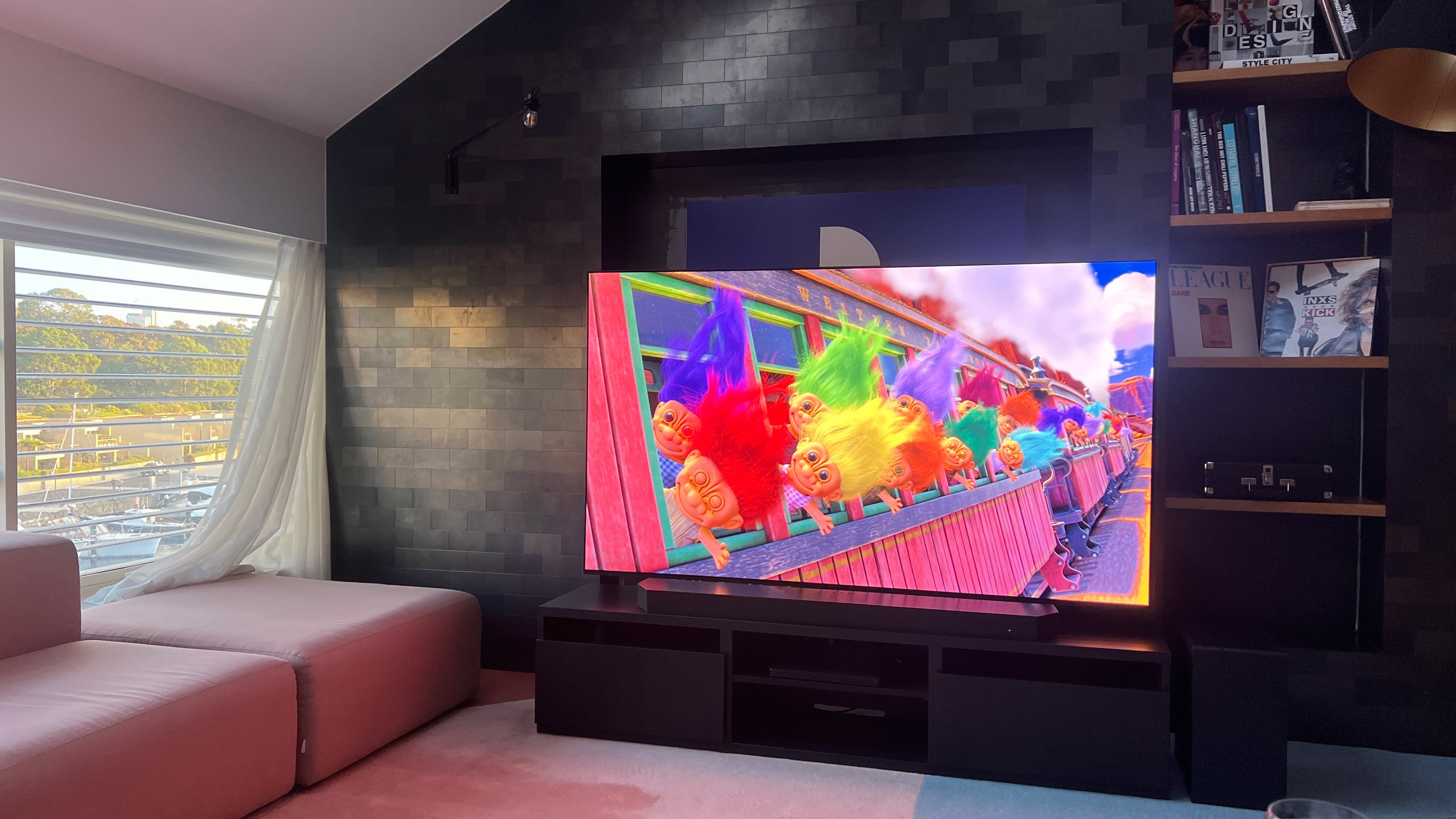
Specifications
Reasons to buy
Reasons to avoid
The Samsung S95D QD-OLED is what OLED TVs should strive to be. Improving upon what was already (and still is) an incredibly capable screen in the Samsung S95C OLED, the S95D serves up a gloriously detailed picture, helped hugely by the introduction of a anti-glare layer that means you can watch it without issue in bright rooms.
The S95D can go impressively bright – it's one of the brightest OLED TVs money can currently buy – delivering punchy yet natural colours and because of the OLED technology, blacks are inky deep.
Gaming is another area Samsung has continued to develop in the S95D, and once again you'll find four HDMI 2.1 ports, all of which support up to 4K 144Hz input and VRR, with additional support for AMD FreeSync Premium Pro. A built-in Gaming Hub with dedicated, easy-to-view settings, only adds to its gaming credentials.
And considering it's a piece of tech that you're going to be spending a lot of time looking at, looks are also important and fortunately, the Samsung S95D is drop dead gorgeous, with an attractive 'floating' design. It ain't cheap, but we think its suite of features more than justifies its price tag.
Read our full Samsung S95D review
The best 8K TV
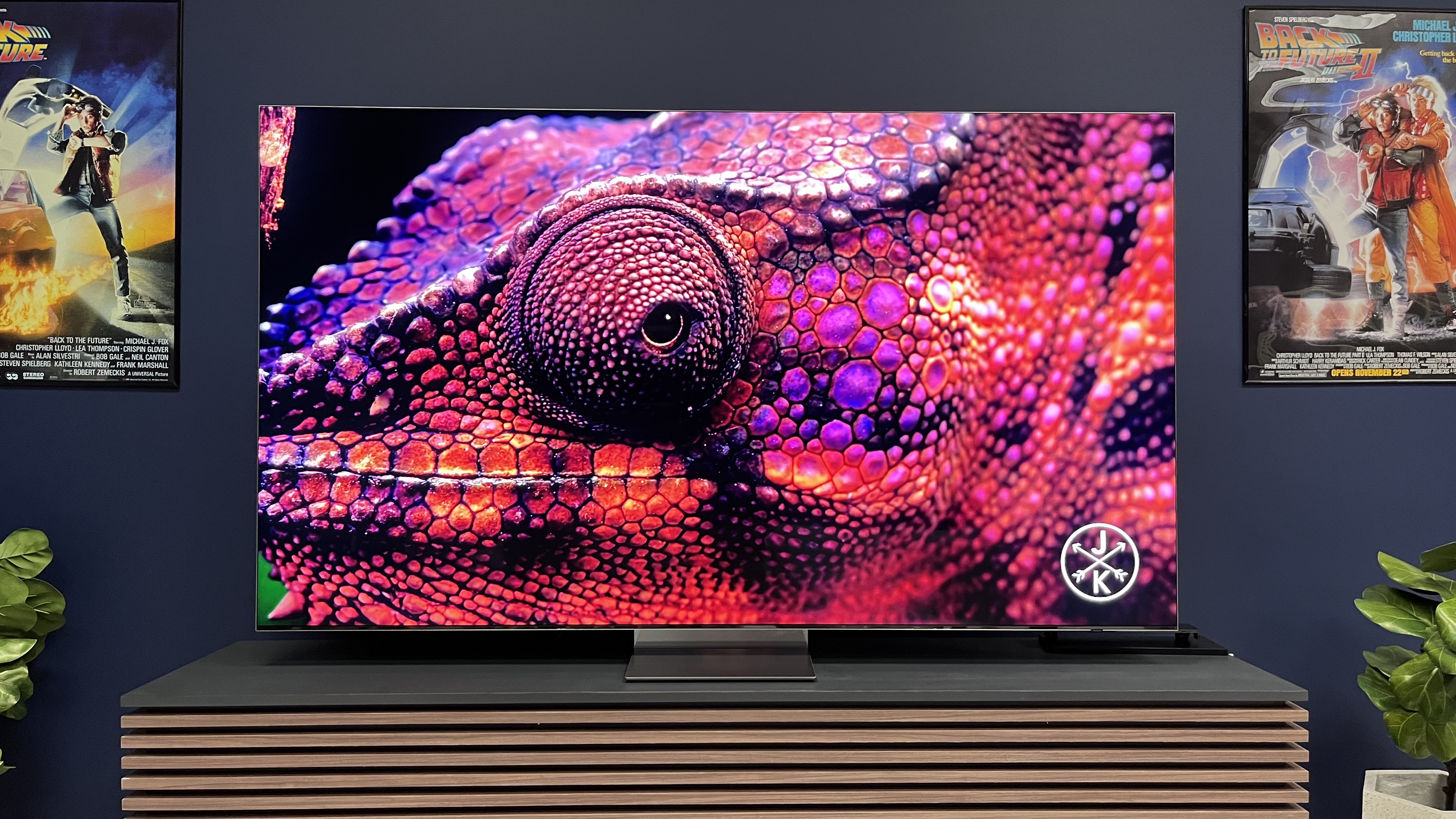
Specifications
Reasons to buy
Reasons to avoid
Despite there still being very little in the way of 8K content, it hasn't stopped Samsung from continuing its investment in the technology. And with TVs like the QN900D being the fruit of that labour, we're not complaining one little bit. This is an exceptionally talented TV that is not only future proof, but can make 4K content look better than a dedicated 4K TV. Just be prepared to pay for it.
Key to the QN900D's success, and where it improves upon its QN900C predecessor, is the use of a new NQ8 AI Gen3 processor that ushers in much more neural processing power that gets to work upscaling content, as well as allowing the TV to better handle depth and motion.
The result is best-in-class picture quality with insane levels of brightness, but also incredible control of it to reveal fine details in images. Colours are rich and vibrant too, no matter the content. Motion handling is excellent, which will be a boon for those who love watching sports in particular. The only niggles we had with the display was that some screen glare was noticeable in brighter rooms and viewing angles can suffer a bit. Otherwise, it's practically faultless.
The built-in 6.2.4-channel speaker system is impressive for a slim TV, especially with its handling of Dolby Atmos soundtracks. If you really want to elevate your movie viewing experience then you will want to add a soundbar, but for casual viewing, there's a lot to like.
Read the full Samsung QN900D review
The best TV for sport
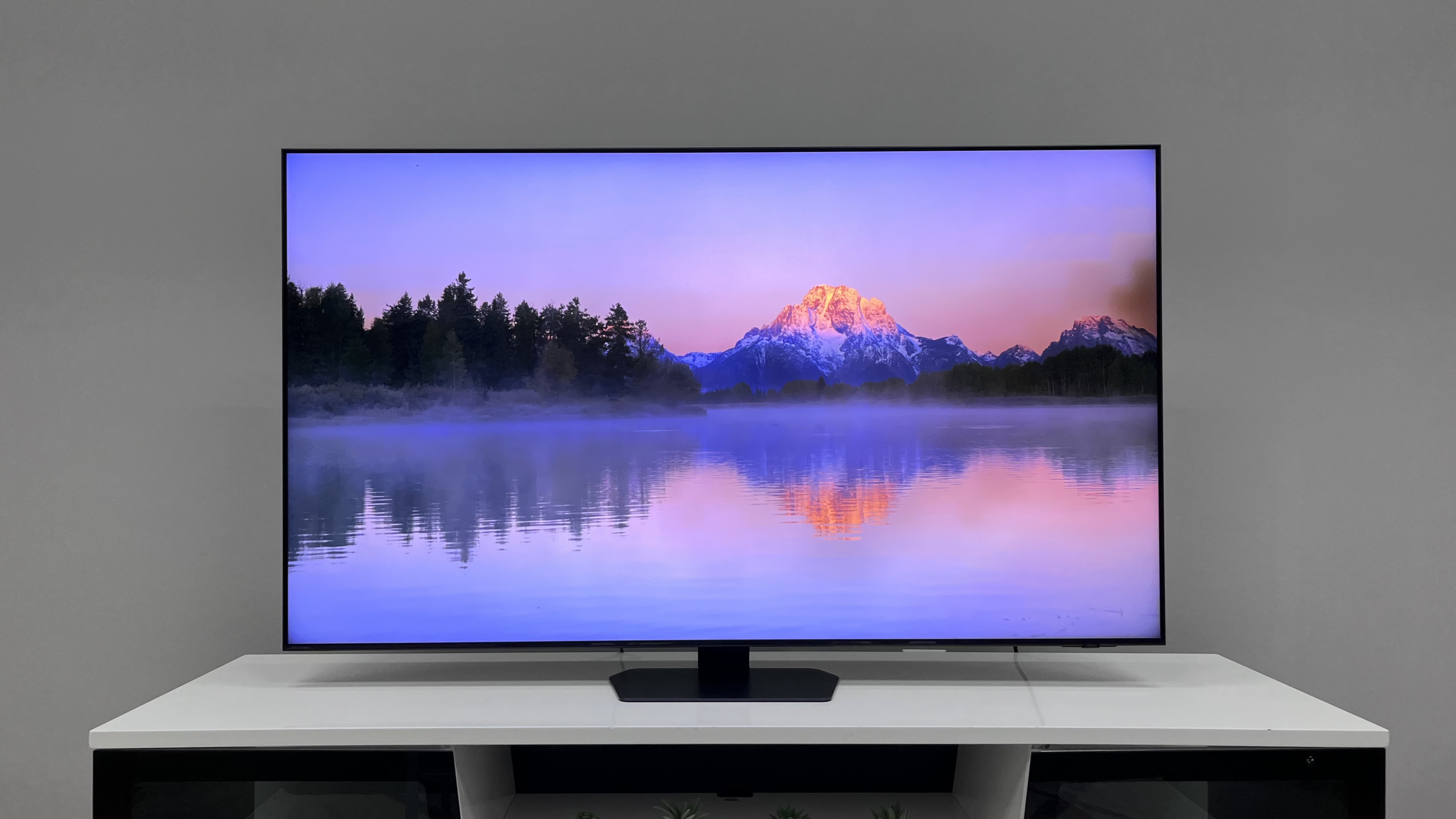
Specifications
Reasons to buy
Reasons to avoid
High peak and fullscreen brightness and expert motion handling do a great TV for sports make, and that's exactly what you get with the Samsung QN90D.
Its high peak brightness means it's an ideal TV for use in brighter rooms, and considering most sports are played during the day when streamed live in Australia, makes it the best option in our opinion. Not only does brightness work in the QN90D's favour, but motion is excellent. In fact, we tested the QN90D, we found that Soccer and Rugby streams were "expertly handled" even without the aid of any motion settings in the picture menu, which is quite remarkable.
It's not just a one trick pony however, as the Samsung QN90D is also a fine choice for watching movies, capable of displaying vibrant colours and crisp detail. Contrast is another positive, although we did encounter a smidge of backlight blooming and it's not the absolute best for off-centre viewing.
Gamers are well catered to also, with all four of the QN90D's HDMI inputs supporting 2.1, further providing support for 4K 144Hz, VRR (including AMD FreeSync Premium Pro), HGiG and ALLM. It also has Samsung's fantastic Gaming Hub, which makes all gaming-related features on the TV easily accessible. We described gaming on the QN90D as "a breeze" in our review, praising the smooth gameplay thanks to its low 9.1ms input lag time.
The Hisense U8N at #3 on this list does go brighter than the Samsung here, making it a fine alternative, but it can't compete in the motion handling arena. It's for this reason that the QN90D is the top choice for sports fans.
Read our full Samsung QN90D review
The best TV for sound
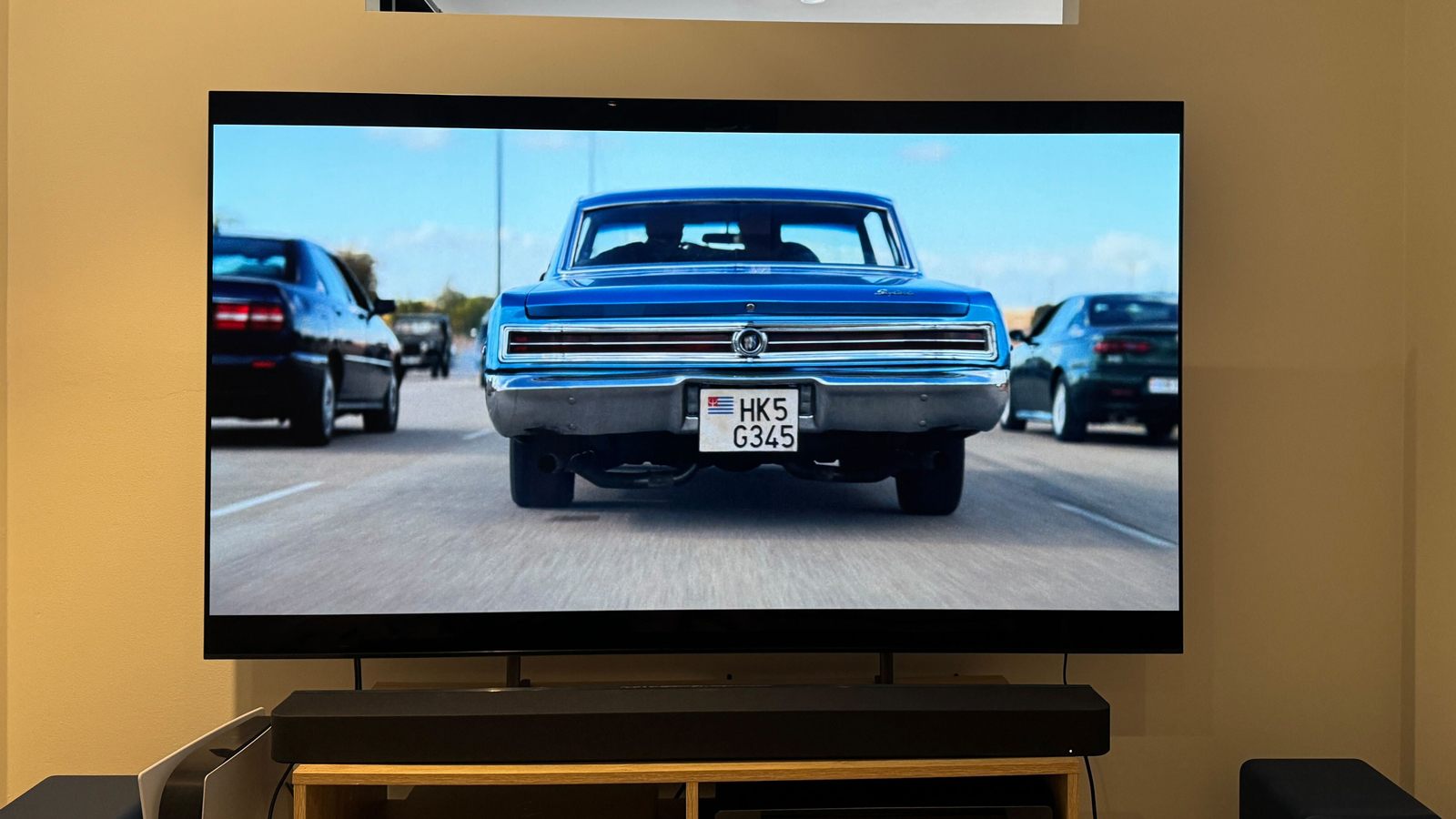
Specifications
Reasons to buy
Reasons to avoid
Sony's Bravia 8 OLED TV ushers in a fair few improvements over the excellent A80L, meaning it takes its predecessor's spot on this list. Once again, Sony has employed the use of its Acoustic Surface Audio+ technology that literally vibrates the screen to make sound with stunning results.
In our testing we found objects were placed accurately in the soundfield produced and because the sound comes from the screen itself, it is much more immersive than virtually all other TV sound systems. It does feature woofers for bass, but we must admit they don't offer the greatest impact, but we still conclude that if you come into ownership of the Bravia 8, there isn't the same essential need to add an external audio device as there is with other screens.
Sony has also made improvements to the picture, particularly where brightness is concerned. It's not a huge step up over its predecessor as it still uses a WOLED panel, but thanks to its new XR Processor, it is unmistakably brighter. The increase in brightness, combined with its gorgeous reproduction of colours, makes for sublime viewing.
As you might expect from Sony, the Bravia 8 has the PS5 front of mind and will automatically adjust picture settings when it detects one is connected via Auto HDR Tone Mapping. A dedicated Game Menu lets you quickly adjust further settings if you wish. It also benefits from two HDMI 2.1 inputs supporting 4K 120Hz video, variable refresh rates (VRR), and auto low latency mode.
While the Bravia 8 may not be our pick for the best, it nonetheless does more than enough to earn its place in the conversation about the top TVs money can buy and for those looking for a solid OLED at a price that won't entirely blow their budget, it might very well be a perfect fit.
Read the full Sony Bravia 8 review
The best TV for gaming
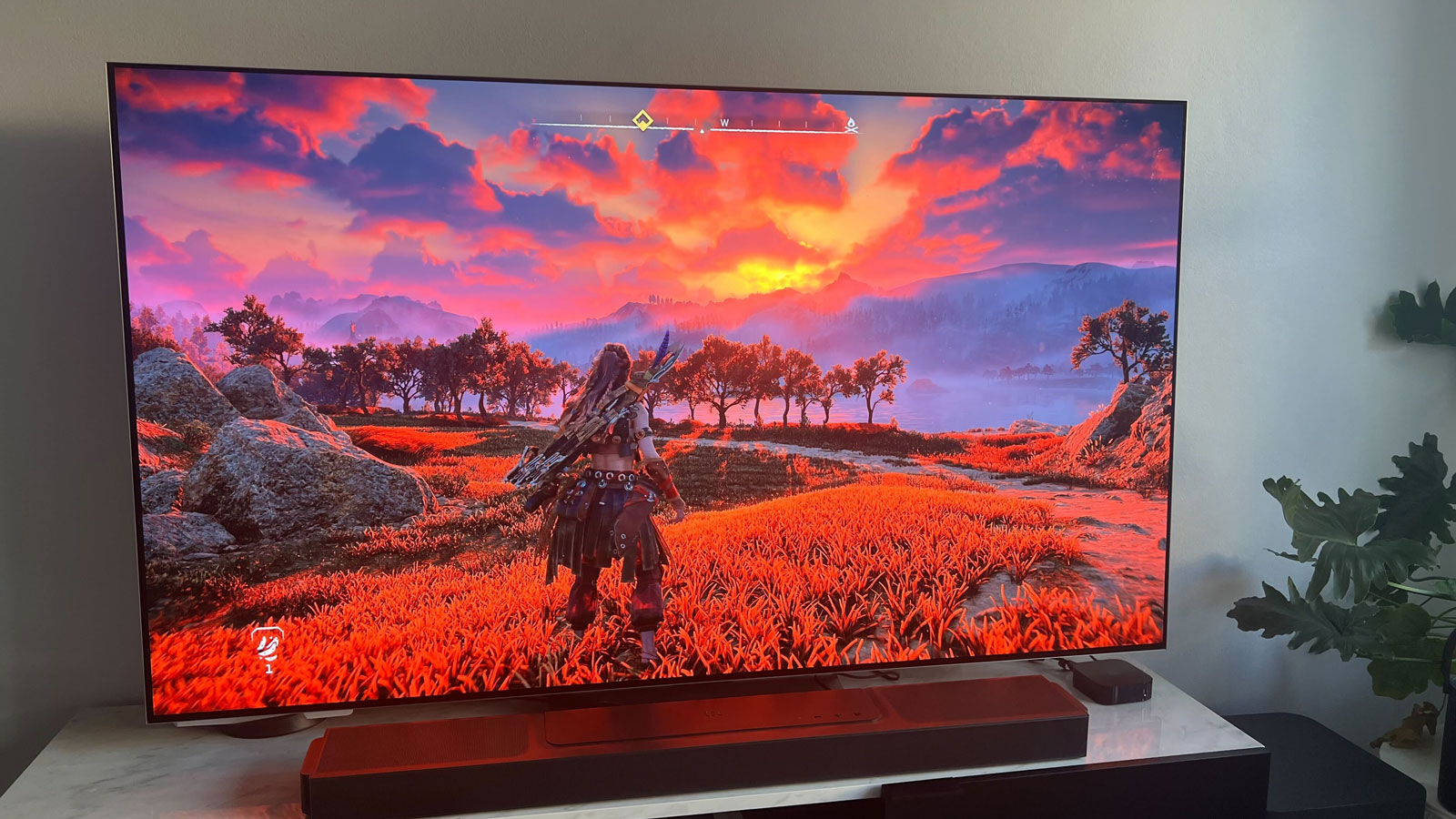
Specifications
Reasons to buy
Reasons to avoid
Its G3 OLED predecessor occupied this spot for some time, but the fact is the newer G4 OLED is now the outright best choice for anyone looking for a great gaming TV.
It's not cheap, but in the G4 OLED, LG has introduced a second-generation Micro Lens Array (MLA) panel which manages to eek out even more brightness, allowing for even greater contrast. And the resulting image is nothing short of spectacular. It doesn't go as bright as the QD-OLED panel found in the Samsung S95D, but that TV can't deliver the same deep black levels. You'll need to decide which screen option is best for you, but strictly in a gaming sense, the LG G4 is exemplary.
It supports all of the gaming features you could ever need, including Dolby Vision Gaming, VRR, ALLM, HGiG, AMD FreeSync and Nvidia G-Sync, along with 4K/120Hz support across all four of its HDMI inputs. There aren't many other screens that can lay claim to such a resume. LG's Game Optimizer dashboard is incredibly helpful, showing you current frame rates and offering up quick access changes to settings so you can fine tune the picture to your preference.
All this performance doesn't come cheap, but if you're able to get one, we know you won't be disappointed. Of course, not only is the LG G4 OLED a great gaming TV, but it's a dab hand with movies and TV shows too. Like it's slightly lesser-specced C4 OLED sibling, it's very versatile indeed.
What is the best TV?
For us, the best TV is the one that gives you the best overall value. We place particular attention on picture quality, sound quality, how easy it is to use and which connections it has, along with any other noteworthy extra features.
We've chosen the LG C5 as the best TV for most people because of its excellent colour, contrast and overall picture performance that allow it to perform well in both bright rooms and dark rooms, the latter especially. Its audio performance isn't the absolute best, it must be said, but this can be fixed by adding one of the best soundbars.
Our reviewer also noted how good of a performer it is when it comes to gaming, and the fact that it offers many of the benefits of OLED technology, without reaching the potentially unobtainable pricing of the G5 flagship.
How to choose the best TV
When shopping for a new TV, there are as many things to consider as there are terms and abbreviations to try and get your head around. This can range from screen technologies (eg. OLED, QLED, Mini-LED, etc) to assets like HDR, VRR and Dolby Atmos, each of which are features worth considering when shopping for a TV but can be challenging to understand.
With this in mind, we’ve collected some of the key terms and technologies below to help you understand what they’re about and why they should matter to you:
Quantum Dot (QLED): QLED, which stands for quantum dot light-emitting diode, is a panel technology for TVs which sees a quantum dot filter layered over an LED panel to enhance visual quality. This quantum dot filter is a film of small crystal semiconductor particles which can be more precisely controlled to elevate the overall appearance of colours and contrast. When compared to the one-time norm of an LCD-LED screen, QLED overall offers superior brightness, colours and contrasts. Typically, QLED panels are also far brighter than OLED displays.
OLED: OLED, an abbreviation for Organic Light Emitting Diode, is a panel technology where each pixel emits its own light and therefore offers superior control for contrasts, colour and general picture. This differs from the LCD-LED displays that were once the norm which rely upon an external light source (backlighting). Similar to QLED, this allows OLED panels superior control when it comes to colours, contrast and overall picture quality to regular LCD-LED screens.
Read more on the differences between QLED and OLED TVs
Mini-LED: A more recent panel technology introduced to big-screen TVs, Mini-LED takes traditional LCD screens and drastically shrinks the size of the LED in the backlight behind it – oftentimes while including a quantum dot filter, too. Again, much like with QLED and OLED this allows for superior control of the backlighting, resulting in boosted colours and more accurate contrast. Mini-LED TVs may not quite match the perfect contrast levels seen in OLED TVs, but they do come reasonably close – all without the sacrifice to brightness or risk of burn-in.
Read more on the differences between Mini-LED and OLED TVs
High Dynamic Range (HDR): HDR is a technology which allows televisions to display a much wider spectrum of colours. Believe it or not, modern HDR televisions are able to display roughly 1.7 billion colours – a significant leap from Standard Dynamic Range (SDR), which is capable of a little under 17 million colours. HDR is therefore simply an indication that a TV boasts the ability to display clearer, more dynamic colours with more realistic transitions between shades, as well as deeper shadows which have the capacity to show more detail in the darkness.
The two most common HDR formats are either HDR10 or HDR10+, with HDR10+ considered to be the superior of the two as its name would suggest.The ‘10’ in the name refers to HDR’s 10-bit colour depth (SDR, by comparison, has an 8-bit colour depth).
HDR10+ is similar to Dolby Vision (see below), in that it uses dynamic metadata to adjust colours and brightness on a scene-by-scene basis. However it is available at an open standard which means content makers can take advantage of what it offers their content without having to pay the kinds of licensing fees they would with Dolby Vision.
Read more on HDR10+ and what it means for you
Dolby Vision: While Dolby Vision is similar to HDR10+ in a number of ways, it’s still considered a superior format, in that it can be mastered at up to 12-bit colour depth.
The latest update to Dolby Vision known as Dolby Vision IQ takes advantage of Dolby Vision’s existing picture and processing prowess while working with a light sensor to respond to various conditions that may otherwise impact the picture. This ranges from its ability to detect when you are watching in a particularly bright room and therefore adjust accordingly, to its ability to detect the different types of content you are engaging with on your TV such as movies, games, sports, etc.
Read more on Dolby Vision and what it means for you
What about gaming? If your primary concern while shopping for a new TV is what it can offer for gaming performance, various terms and features will emerge as relevant for you. To help you understand what these are, we have included a helpful guide in our list of the best gaming TVs to offer some assistance.
How we test the best TVs
The best TVs are chosen by our writers and editors based on a few main criteria: their overall picture performance including contrast, colour saturation and motion handling, as well as their feature set, design and the operating system they run on. We're looking for TVs that are well-built and have the technology to last for the next few years.
Obviously, there is some subjectivity that goes into the review process, however we strive to maintain fairness across brands by testing the same type of content on each screen (HD/SDR, 4K/HDR, games, movies and music) and reporting what we've found the experience to be like.
We test the brightness and colour range using a colorimeter, and we ensure that we test 'out-of-the-box' as well as after calibrating the screens ourselves, so that we can tell you what you'll get if you don't tweak at all, as well as what the TVs are capable of in the right hands.
Like our readers, our writer's and editor's room layouts differ and may cause slight disparities in testing, however we make every attempt to question our assumptions and troubleshoot our issues with performance in every review.
What TVs are coming in 2025?
Plenty of new TV models that could replace the entries on this list were announced at CES 2025 early in the year. LG, Samsung, Hisense and Panasonic all announced new sets with upgrades, tech innovations and more. Here's some of the TVs that could enter the list.
LG announced its flagship OLED TVs for 2025, which includes the LG G5 OLED. Its set to have a fullscreen brightness upgrade that we think could be its most game-changing upgrade. It's also set to support 4K 165Hz for PC gaming. It also introduces LG's new 'four-stack' OLED panel that replaced the micro-lens-array (MLA) OLED panel used in the LG G4, which LG says will be still be brighter despite no MLA. It also comes in a 48-inch size for the first time.
There's also the LG B5 OLED, but we're waiting to hear more info on it and we'll be sure to update this when it comes in.
From Samsung, the most exciting TV is the Samsung S95F, its flagship OLED for 2025. It introduces improved OLED Glare Free 2.0 anti-reflection tech that, from what we've seen so far, improves the black levels over its predecessor, the phenomenal Samsung S95D (our TV of the year for 2024 and the best premium OLED on this list).
Samsung also introduced its 2025 Neo QLED (mini-LED) range and our most anticipated TV is the Samsung QN90F. Its predecessor, the Samsung QN90D, is on this list as the best TV for sport. The QN90F will come with an anti-reflection matte screen like the one found on the S95F, which is sure to make it an even better option for daytime sports viewing. It also comes in a new giant, 115-inch size!
Panasonic introduced the Panasonic Z95B, its flagship OLED for 2025. It ditches MLA tech as well in favour of the new 'four-stack' OLED panel that's said to hit super-high brightness for an OLED. It's been totally redesigned internally from its predecessor, the Z95A, to have better thermal flow for maintaining brightness, and an upgraded array of Dolby Atmos-ready speakers. We'll be keen to see if the Z95B and its new panel can surpass the previous model.
Hisense introduced three super-large screen TVs – a 116-inch RGB backlit mini-LED TV, a 136 micro-LED and a 163-inch micro-LED, at CES 2025 and while they may not make our list due to expected premium prices, we're still keen to give them a test.
We're still yet to hear from Sony or Philips about their 2025 TV lineups yet, but after brilliant showings last year from the Sony Braiva 9, a premium mini-LED like no other, and the Sony Bravia 8, a fantastic mid-range OLED – plus Philips awesome Ambilight OLEDs, the OLED809 and OLED909 – we're expecting big things from both brands.
FAQs
Which TV has the best picture quality?
On performance alone, OLED TVs typically have the edge on picture quality, offering deep blacks and stunning contrast, confident colours and improved viewing angles over other panel types. For brightness, Mini-LED appears to have the current edge, offering eye-scorching images without the risk of burn-in.
Beyond panel technology, TVs offering one or (even better) both HDR10+ and Dolby Vision will also offer superior value to picture quality potential than TVs which don’t support these formats.
Which size TV is best for home?
There really isn’t any ‘one size fits all’ when it comes to TVs – the answer really depends on your home, how you hope to use your TV, and other factors like how many people will be watching.
For the best viewing experience, any TV that’s 55-inches or above will get the job done, with anything larger than 77-inches potentially being overkill unless you have a large family and a big space to put it in. Smaller TVs don’t necessarily sacrifice on quality even if they do on size, and our list of the best 48- and 50-inch TVs can help you pick the right one for you.
Next steps
- Want better audio? Check out our guide to the best soundbars available.
- Once you've decided on a panel, make sure you read our guide on how to set up your TV to make sure you're getting the most out of it.
- Are you looking for the best universal remote for your new home theater setup?
- Need something to watch on your new TV? check out our list of best TV streaming services.
The latest updates to this best TVs guide
January 30, 2025
Replaced the TCL C855 with the TCL C755 as the best budget TV
January 16, 2024
Introduced a 'What TVs are coming for 2025' in FAQ's section that lists some of the TVs announced so far for 2025 that could enter this list throughout the year.
December 24, 2024
Removed the Samsung S90C due to falling stock levels. Replaced it with the LG C4 as 'best for most people/overall'.
Removed the Samsung QN90C and replaced it with the Samsung QN90D as the 'best for sports'
September 26 2024
Replaced the Sony A80L with the Sony Bravia 8 as 'best TV for sound'
Get daily insight, inspiration and deals in your inbox
Sign up for breaking news, reviews, opinion, top tech deals, and more.

Max is a senior staff writer for TechRadar who covers home entertainment and audio first, NBN second and virtually anything else that falls under the consumer electronics umbrella third. He's also a bit of an ecommerce fiend, particularly when it comes to finding the latest coupon codes for a variety of publication. He has written for TechRadar's sister publication What Hi-Fi? as well as Pocket-lint, and he's also a regular contributor to Australian Hi-Fi and Audio Esoterica. Max also dabbled in the men's lifestyle publication space, but is now firmly rooted in his first passion of technology.